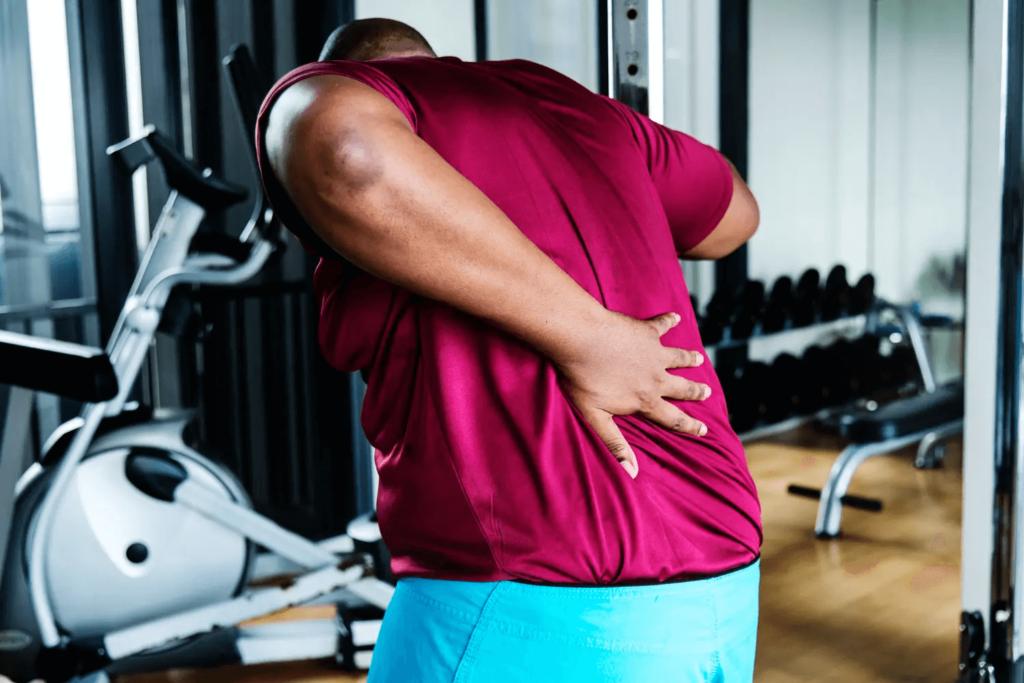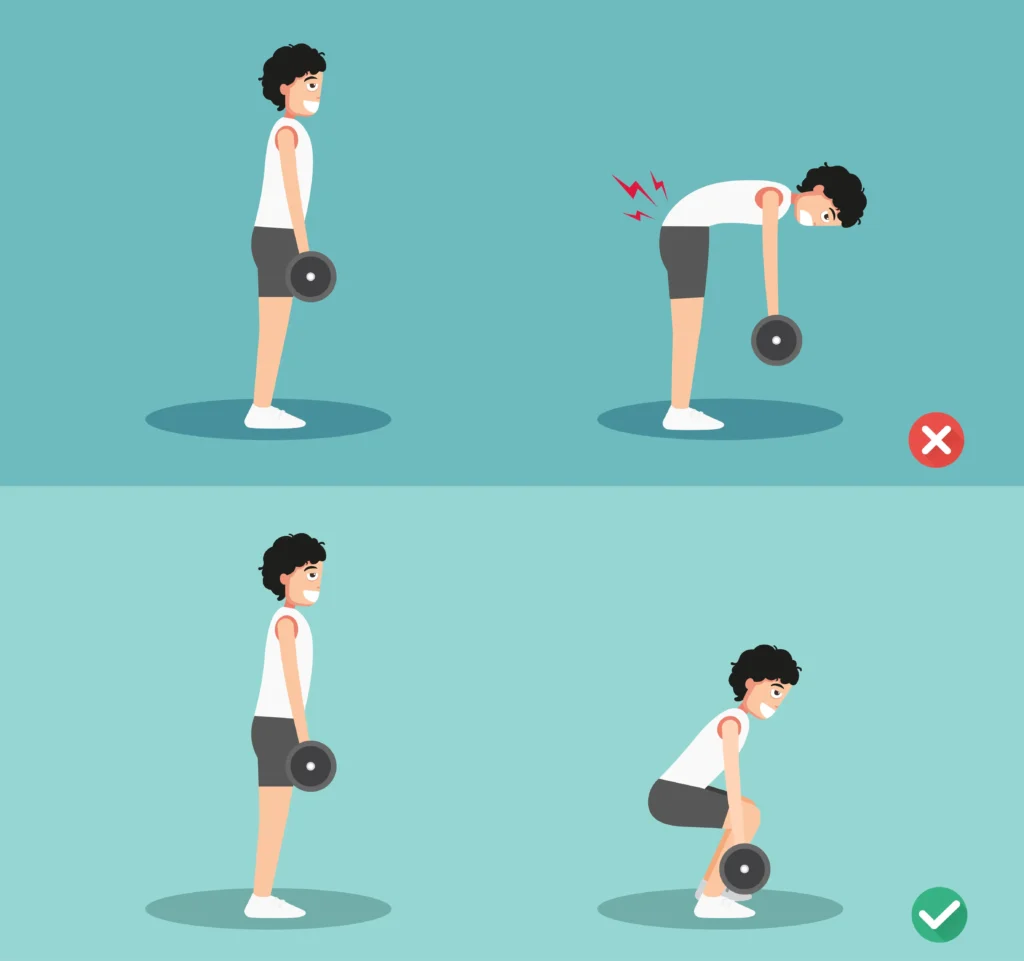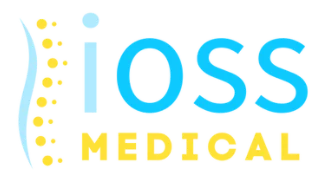Introduction
Losing weight is a commendable achievement that many individuals strive for to improve their overall health and well-being. However, it’s not uncommon for individuals to experience back and hip pain during their weight loss journey. This discomfort can be attributed to various factors such as changes in posture, muscle imbalances, loss of muscle tone, over-exercising, dehydration, poor exercise form, rapid weight loss, weak core muscles, stress, and underlying medical conditions.
In this comprehensive guide, we will delve into each of these causes and provide practical solutions to help alleviate back and hip pain after weight loss.
Changes in Posture
One of the primary factors contributing to back and hip pain after weight loss is the changes in posture that occur because of shedding excess weight. When you lose weight, especially around the abdomen, the center of gravity in your body shifts. This shift can affect your posture and put additional stress on your back and hips. To improve your posture and alleviate pain, consider implementing the following tips:
- Stand and sit up straight with your shoulders pulled back to align your spine properly.
- Keep your head in a neutral position, neither tilted forward nor backward, to maintain a balanced posture.
- Engage your core muscles when standing or sitting to provide stability and support for your back.
- Ensure that your computer screen is at eye level to prevent straining your neck and upper back while working.
- Use a lumbar roll or cushion to support your lower back when sitting for extended periods.
By practicing good posture habits, you can reduce the strain on your back and hips, allowing for a more pain-free weight loss journey.
Muscle Imbalances
During the process of losing weight, it is not uncommon to develop muscle imbalances. These imbalances can occur when certain muscle groups become stronger or larger than others, leading to an uneven distribution of forces on the spine and surrounding structures. To address muscle imbalances and prevent back and hip pain, consider incorporating the following strategies into your fitness routine:
- Include strength training exercises that target your entire body, focusing on both sides equally to maintain balance.
- Incorporate stretching and flexibility exercises into your workout routine to improve muscle flexibility and range of motion.
- Seek guidance from a fitness professional to ensure that you are exercising with proper form and technique.
By addressing muscle imbalances, you can promote proper alignment and reduce the risk of back and hip pain during your weight loss journey.
Loss of Muscle Tone
Weight loss can also lead to a loss of muscle tone, including the muscles that support your spine. This loss of muscle tone can contribute to instability and increased stress on the back and hips, leading to pain and discomfort. To prevent the loss of muscle tone and maintain a strong and supportive musculoskeletal system, consider the following strategies:
- Engage in regular resistance training exercises to stimulate muscle growth and maintain muscle tone.
- Ensure that your diet includes an adequate amount of protein to support muscle maintenance and repair.
- Avoid relying solely on cardio exercises for weight loss and incorporate strength training to preserve muscle mass.
By maintaining adequate muscle tone, you can provide essential support to your back and hips, reducing the likelihood of experiencing pain during your weight loss journey.
Over-Exercising
While staying active is crucial for weight loss and overall health, over-exercising can have detrimental effects on your body, including the development of back and hip pain. Over-exertion and excessive exercise without proper rest and recovery can strain the muscles and joints, leading to discomfort and injury. To prevent over-exercising and mitigate the risk of back and hip pain, follow these guidelines:
- Plan rest days in your workout schedule to allow your body sufficient time to recover and repair.
- Gradually increase the intensity and duration of your workouts to avoid sudden spikes in activity levels.
- Listen to your body and stop exercising if you experience pain or discomfort.
- Prioritize getting an adequate amount of sleep each night to support the recovery process.
By maintaining a balanced exercise routine and allowing your body to rest and recover, you can minimize the risk of developing back and hip pain while losing weight.

Dehydration and Back Pain
Dehydration can have a significant impact on the health of your muscles, including those of your back and hips. When you are dehydrated, your muscles are more prone to cramping and stiffness, which can lead to pain and discomfort. To prevent dehydration and its associated effects on your back and hip muscles, consider the following tips:
- Drink plenty of water throughout the day to maintain proper hydration.
- Monitor the color of your urine as a general indicator of your hydration level, aiming for a clear or pale-yellow color.
- Remember that hydration isn’t solely dependent on the fluids you drink; eating water-rich foods such as fruits and vegetables can also contribute to your overall hydration.
By prioritizing hydration, you can support the health and function of your muscles, reducing the likelihood of experiencing back and hip pain during your weight loss journey.
Poor Exercise Form
Proper exercise form is crucial for minimizing the risk of injury and ensuring that your muscles and joints are working efficiently. Poor exercise form can place excessive strain on your back and hips, leading to pain and discomfort. To prevent back and hip pain resulting from poor exercise form, consider the following tips:
- Keep your core muscles engaged during exercises to provide stability and support for your back.
- Maintain a straight back throughout each exercise to promote proper alignment and reduce the risk of strain.
- Seek guidance from a fitness professional who can assess your technique and provide corrections and modifications as needed.
- Take the time to learn and practice the correct technique for each exercise to maximize its benefits and minimize the risk of injury.

By prioritizing proper exercise form, you can ensure that your back and hips are protected during your weight loss journey, reducing the likelihood of experiencing pain and discomfort.
Rapid Weight Loss and Back Pain
Rapid weight loss can have unintended consequences on your musculoskeletal system, particularly the muscles that support your back. When you lose weight quickly, there is a higher likelihood of losing muscle mass, which can lead to strain and increased stress on your back. To prevent rapid weight loss and its associated effects on your back and hip health, consider the following tips:
- Aim for a healthy and sustainable weight loss rate of 1 to 2 pounds per week.
- Follow a well-balanced diet that includes a variety of fruits, vegetables, and lean proteins to support overall health and muscle maintenance.
- Avoid extreme calorie restriction and fad diets, as they often result in temporary weight loss and potential muscle loss.
- Listen to your body and adjust your diet and exercise routine based on how you feel each day.
By adopting a gradual and sustainable approach to weight loss, you can minimize the risk of back and hip pain and prioritize your long-term health and well-being.
Strengthening Core Muscles
Weak core muscles can contribute to back and hip pain, as they play a crucial role in providing stability and support for your spine. To strengthen your core and reduce the risk of pain and discomfort during weight loss, incorporate the following exercises into your fitness routine:
- Planks (front and side): These exercises engage multiple core muscles and help build overall core strength.
- Glute bridges: This exercise targets the muscles of the glutes and lower back, helping to stabilize the hips and spine.
- Bird dogs: This exercise targets the deep core muscles and promotes stability and balance.
- Curl-ups: Also known as crunches, this exercise targets the abdominal muscles and helps strengthen the core.
By incorporating these core-strengthening exercises into your routine, you can provide essential support to your back and hips, reducing the risk of pain and discomfort during your weight loss journey.
Managing Stress and Anxiety
Stress and anxiety can have physical manifestations in the body, including tension in the muscles. When you’re stressed or anxious, your muscles may feel tense, which can lead to pain and discomfort in the back and hips. To manage stress and anxiety and promote a healthy weight loss journey, consider the following techniques:
- Practice deep breathing exercises to promote relaxation and reduce muscle tension.
- Engage in mindfulness meditation to cultivate a sense of calm and reduce stress levels.
- Engage in activities that you enjoy and find relaxing, such as dance or spending time with friends.
- Follow a healthy and balanced diet that includes foods rich in nutrients that support stress management.
- Regularly engage in exercise to release endorphins and reduce stress levels.
By prioritizing stress management techniques, you can minimize the impact of stress and anxiety on your body, reducing the likelihood of experiencing back and hip pain during your weight loss journey.
Underlying Medical Conditions
It’s important to note that underlying medical conditions can contribute to back and hip pain, regardless of weight loss efforts. Conditions such as herniated or bulging discs, osteoarthritis, spinal stenosis, fibromyalgia, spondylolisthesis, sciatica, and inflammatory conditions like rheumatoid arthritis or psoriatic arthritis can all cause or exacerbate back and hip pain. If you suspect that an underlying medical condition may be contributing to your pain, it is essential to consult with a healthcare professional for an accurate diagnosis and appropriate treatment plan.
Conclusion
Losing weight can be a transformative journey, but it’s essential to prioritize your overall health and well-being throughout the process. Back and hip pain can be common during weight loss due to various factors, but with proper awareness and implementation of preventive measures, it is possible to minimize discomfort and promote a pain-free weight loss journey.
By focusing on maintaining good posture, addressing muscle imbalances, preserving muscle tone, avoiding over-exercising, staying hydrated, practicing proper exercise form, adopting a gradual weight loss approach, strengthening core muscles, managing stress and anxiety, and addressing underlying medical conditions, you can enhance your weight loss journey while minimizing the risk of back and hip pain. Remember to listen to your body, seek guidance from professionals when needed, and prioritize your long-term health and well-being above all else.

